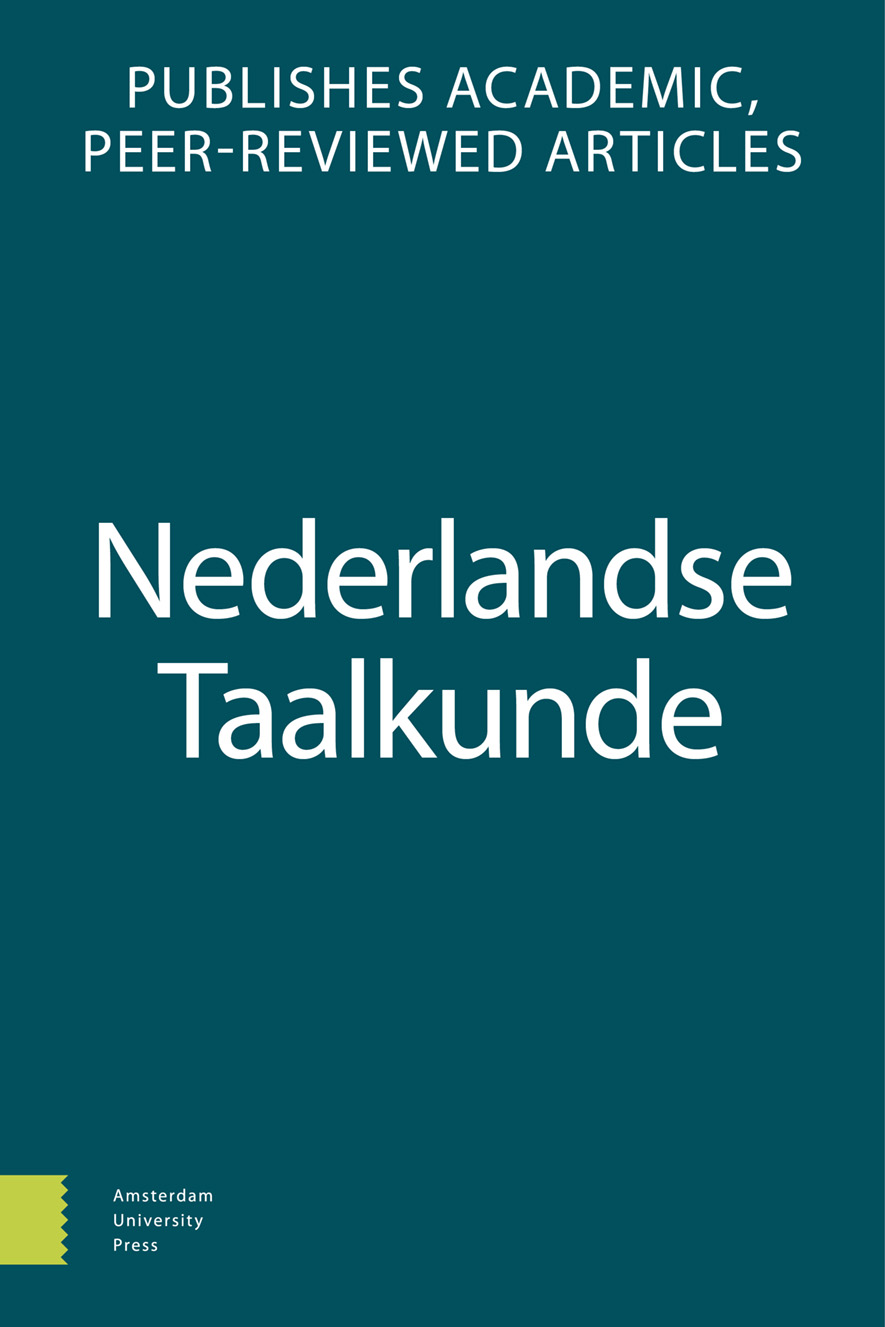-
oa De detectie van saillante taalkenmerken
Een pleidooi voor een multimethodologische benadering
- Amsterdam University Press
- Source: Nederlandse Taalkunde, Volume 22, Issue 2, Sep 2017, p. 249 - 279
Abstract
Detecting salient features: in defence of a multidimensional approach
This paper addresses the question how salience, i.e. the perceptual and cognitive prominence of language features (Kerswill & Williams 2002: 63), can be studied and explained. Within language change studies, the concept of salience is often called upon to explain why certain language features are more prone to change than others, but empirical data to substantiate claims of salience are often lacking or non-convincing. In this paper, an overview is offered of ways in which salience can be studied empirically, building on the insights of recent perceptual dialectological research. It will be argued that a combination of techniques should be strived at, as this allows to combine the strengths of each approach. Subsequently, by offering an overview of existing hypotheses, the question will be addressed how salience can be explained. The formulated insights will be illustrated and tested by means of a multimethodological salience experiment conducted in Flanders. This case study clearly shows (1) the advantage of an approach combining dialect imitation data and several types of interview data and (2) that salience is influenced by a variety of factors, such as the linguistic background of the listener and the context in which the feature occurs.


